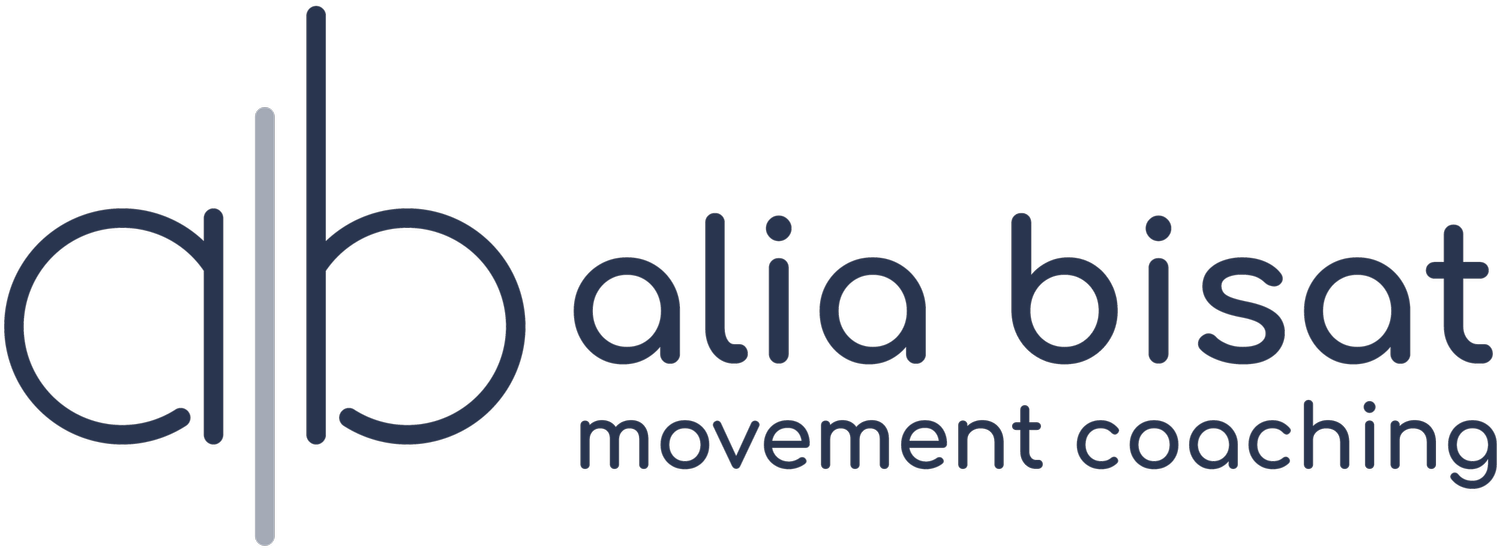I Teach Functional Yoga . . . Huh?
There have been countless instances where various students will come up to me after class and ask, “What style of yoga would you call your class?” My answer is a long, rambling jumble that spews out something like: I’m vinyasa trained but vinyasa can be anything these days and I like to move slowly but that doesn’t mean it’s easy since I’m really into strength and conditioning and like to focus on different ways to make the poses accessible for everyone and there’s also a lot of mobility work in there this days and that just means that you have better control over your range of motion. Phew. Not an elevator pitch. But what on earth do I teach???
Finally, I’ve changed the name of my classes, and it’s fantastically liberating. All of a sudden I don’t feel like I’m cheating any of the students who come to my class by not checking all the boxes that come with a traditional yoga flow class. I’m still teaching the same way, but now it’s almost as if I gave myself the permission to do so. The name change may scare some students away from wanting to try my class. That’s okay. It’s almost preferable . . . a simply and effective “filter” to attract the students who are curious. I also believe it’s important that any student can walk into any class with some idea of what to expect by the description of said class, so I believe the name change helps everyone out.
Functional Yoga. That’s the new name. Maybe at first glance, to other movement professionals or mobility-influenced yoga teachers (or me just judging myself), using the word functional seems like a cop-out use of a (misinterpreted) buzzword. But it actually took me quite a while and a lot of brainstorming to settle on this one. I also kept the word “yoga”—largely because I teach at a yoga studio. But here’s some food for thought on that subject.
1. If to you, yoga is contortionist poses and flow, no my class is not yoga.
2. If to you, yoga is preparing for meditation, I would argue that any movement that is done mindfully can prepare the body and mind for meditation, so yes, this can be yoga.
3. If to you, yoga is the Patanjali Sutras, I would argue that no, this would not be a “yoga” class. While many of the sutras are beautiful and offer sound guidance on how to be a good human in this world, the essence of the sutras is based in a dualistic perspective—that one must transcend one’s own body to truly be enlightened. If I’m teaching a class precisely about getting to know your body and use that knowledge and understanding about your body as a vehicle for better living in this world, that sounds like quite the contrary philosophy.
4. If to you, yoga is a personal journey of the self where by exploring your relationship to your body and how you move, you can confront discomfort, seek growth and cultivate compassion, then yes, my class is yoga.
Now to the functional part. So what is functional in relation to movement? In my own understanding and wording:
Functional movement is the ability for one to move her/his body in a coordinated way such that it is effortless and pain-free. Whether you’re a mother picking up your toddler off the ground, a professional baseball pitcher repetitively throwing baseballs at high speeds, or a CrossFitter doing handstand pushups, your movements can be assessed as functional or not based on the above description. It seems the common idea out there right now is that functional movement means that the movement must be “useful,” but that doesn’t actually have any meaning without context. Whether the movement is useful or not doesn’t determine whether or not someone is performing that movement functionally. And conversely the way someone performs a movement doesn’t determine whether or not it’s useful. What allows someone to move functionally? That’s a whole realm of study!! It involves kinesiology, biomechanics, strength and conditioning, neuroscience, pain science, psychology, nutrition, and probably so many other areas I’m not considering.
Functional movement-S are any movements that are executed or practiced in such a way that enhances an individual’s functional movement patterns. So, I can deadlift all day everyday, but if I’m shrugging my shoulders towards my ears every time I come to stand with the weight, it’s not serving me as a functional movement—it’s not enhancing a healthy movement pattern. On the other hand, if I practice a yoga split everyday, but I practice it in such a way that strengthens my hamstrings while I do it so that I have control over the movement, then it’s a functional movement in my opinion.
The physical yoga practice is full of arbitrary shapes. As someone who needs to understand WHY I do something, I feel the shapes need a real, evidence-based purpose. “Releasing emotions” by opening my hips in pigeon is NOT real. “Detoxing my organs” by doing a deep twist is also NOT real. So how can I practice some of these poses in such a way that actually translates to better living? By practicing them functionally as per the above definition.
So, in my Functional Yoga classes, you can expect yoga poses. But you can expect a whole lot of variations on most of them. You can also expect shapes and movements that are not traditionally found in yoga. You can expect strength work and mobility work, awareness prompts and time for play.
All of my teaching is based on how we can learn to move well . . . or let’s say move functionally.
keep exploring.
